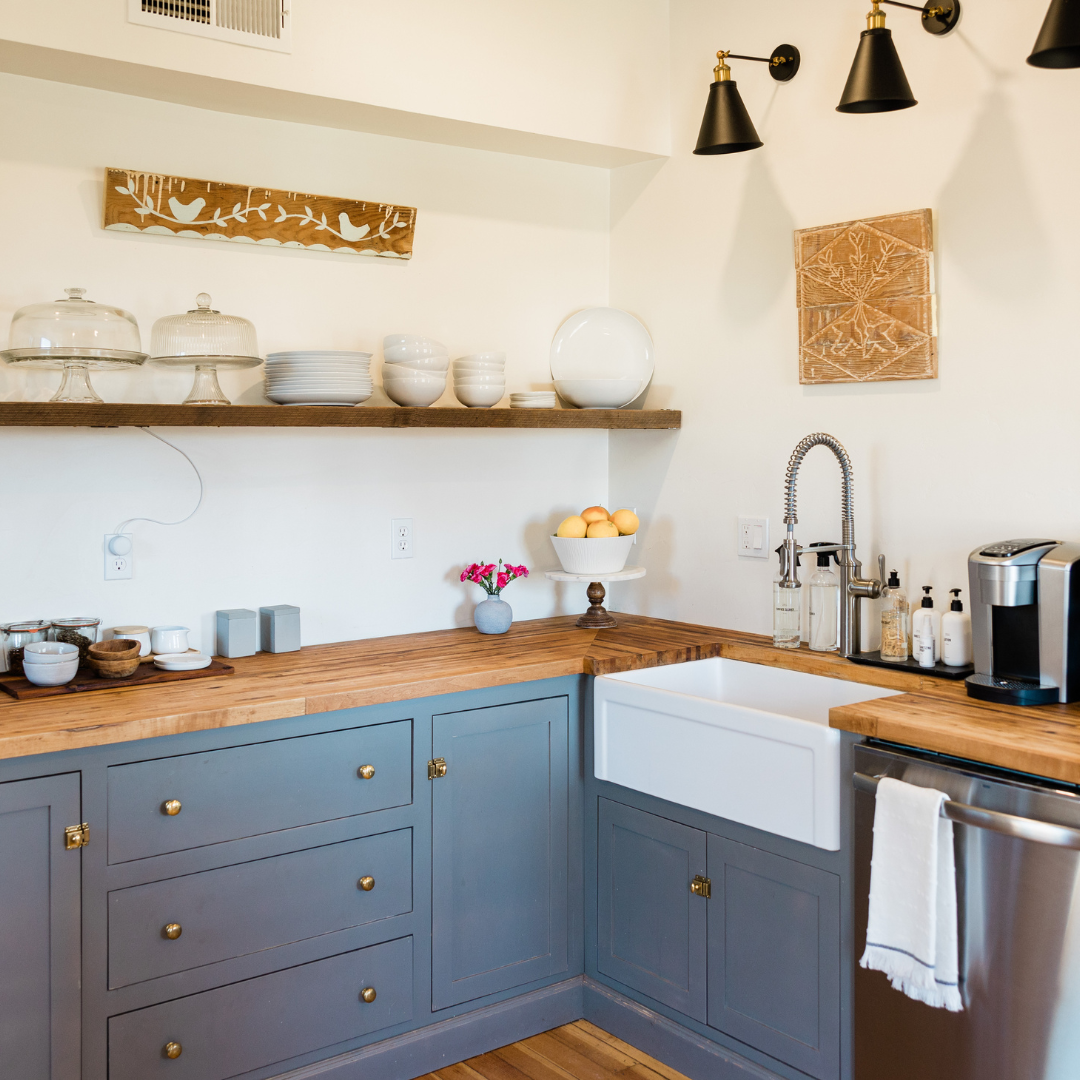Creating a Sustainable Kitchen: Simple Steps for a Greener Home

In today's world, adopting sustainable practices is not only essential for the environment but also for our own well-being, and for our future generations.
The kitchen, often the heart of the home, is a great place to start making sustainable choices.
By incorporating eco-friendly practices and conscious decision-making, you can transform your kitchen into a sustainable and planet-friendly space.
In this blog, we will explore simple yet impactful steps to make your kitchen more sustainable, reducing waste, conserving resources, and promoting a greener lifestyle.

1. Reduce Food Waste
Food waste is a significant contributor to environmental degradation.
Minimise waste by planning meals, creating shopping lists, and buying only what you need.
Properly store perishable items to extend their freshness. Use leftovers creatively to make delicious meals or freeze them for later use.
Composting organic waste can turn it into nutrient-rich soil for your garden, closing the loop on food waste.
2. Opt for Locally Sourced and Organic Foods:
Support local farmers and reduce your carbon footprint by choosing locally sourced produce, dairy, and meat products.
Look for organic options to minimize exposure to harmful chemicals.
By opting for locally grown and organic foods, you support sustainable agricultural practices and promote biodiversity in your region.

3. Ditch Single-Use Plastics:
Plastics are a major environmental concern.
Eliminate or reduce single-use plastics in your kitchen.
Instead, opt for reusable alternatives such as stainless steel or glass containers, cloth bags for shopping, and beeswax wraps to replace plastic cling wrap.
Invest in a water filter to avoid buying bottled water, and carry a reusable water bottle when on the go.

4. Conserve Energy:
Make your kitchen more energy-efficient by investing in energy-saving appliances.
Look for ENERGY STAR-certified products that consume less electricity.
Use natural light whenever possible, and install LED or energy-efficient light bulbs.
Unplug devices when not in use to avoid phantom energy consumption.
Energy conservation not only reduces your carbon footprint but also lowers your utility bills.
5. Complement with Sustainable Cookware and Utensils:
Choose eco-friendly cookware and utensils made from sustainable materials such as bamboo, stainless steel, or cast iron.
Avoid non-stick cookware with harmful coatings and opt for ceramic or stainless-steel options instead.
These choices reduce the environmental impact and promote healthier cooking practices.

6. Conserve Water:
Save water in the kitchen by fixing leaks promptly, using a dishwasher with an eco-mode, and only running it when it's fully loaded.
Collect and reuse water from washing fruits and vegetables to water your plants.
Consider installing low-flow faucets and aerators to reduce water consumption while washing dishes or cooking.

Creating a sustainable kitchen is within everyone's reach.
By implementing these simple steps, you can make a positive impact on the environment, conserve resources, and promote a greener lifestyle.
Start by reducing food waste, choosing locally sourced and organic foods, embracing plant-based meals, and eliminating single-use plastics.
Additionally, focus on conserving energy, using sustainable cookware and utensils, and adopting water-saving practices.
Together, let's transform our kitchens into sustainable spaces that inspire and contribute to a healthier planet for generations to come.
Click here to visit my shop to purchase related sustainable kitchen items

Comments